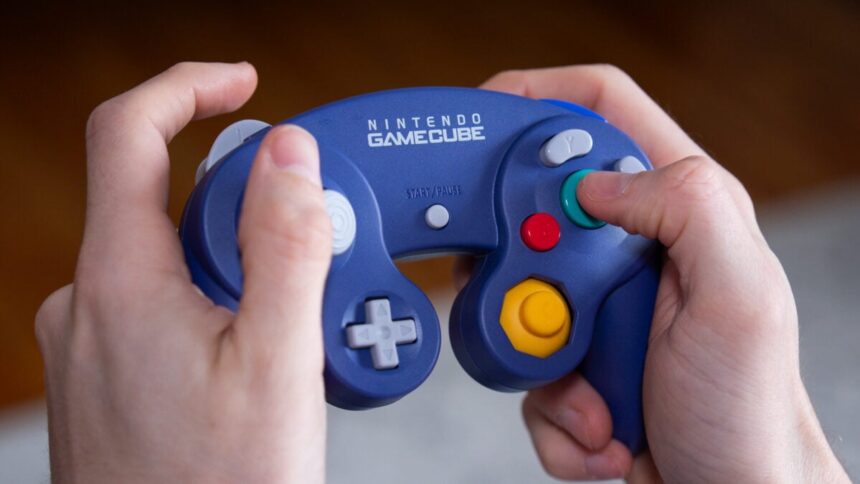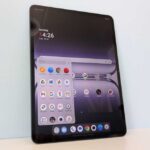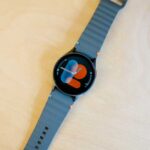Nostalgia should not be enough to give any tech a passing grade. But let me come clean. I wouldn’t have dropped $65 on the revitalized GameCube controller for Switch 2 if I hadn’t spent my preteen years beholden to Nintendo’s boxy console. With improved buttons, the new version is better than anything from 2001. After so many years, I’ve come to see the gamepad as a unique device that’s enhanced by its limitations. Instead, it’s constrained by Nintendo’s own restrictions on where and how you can use it.
See Nintendo Switch 2 at Walmart
See Switch 2+ Mario Kart World Bundle at Walmart
The Switch 2 GameCube controller is exclusive to Nintendo’s online storefront, and its availability keeps fluctuating to the point we can’t tell when or if it will be back in stock. You can find plenty of recreations that try to emulate the look and feel of the 24-year-old controller all the way down to the nubby, yellow “C” button. Nintendo still allows adapters to connect up to four GameCube controllers on Switch 2. So why would you want the official recreation? Because it works as seamlessly as a Joy-Con or Pro Controller, and compared to many third-party emulations, this is the most pitch-perfect accurate device in terms of raw feel. The big problem is, you can’t use it for any other device but the Switch 2. Sorry, you won’t be emulating GameCube games with Nintendo’s own tech (at least until somebody inevitably hacks it).
Nintendo GameCube Controller for Switch 2
It’s an improved rendition of Nintendo’s classic controller from 2001 with better buttons and wireless connectivity. I just wish I could use it on other devices.
Pros
-
Improved buttons and D-pad -
Home button makes it easier to use with Switch 2 -
Perfect for playing GameCube games
Cons
-
Very few GameCube games available on + Expansion Pack -
Won’t work well with modern titles -
Only works with Switch 2
I have hung onto the same original black GameCube and wireless WaveBird controller from my childhood—the joysticks so mangled with caustic adolescent fingers they were worn down to nubs. I’m amazed at how much attention Nintendo paid to improving the new controller while keeping the same feel as the original. I’m comparing a brand-new device to one that’s nearly as old as I am, but it appears that Nintendo replaced the squishy rubber pads of the original controller’s face buttons with something that’s far more snappy and clicky. The switches on the D-pad are far better than on the 24-year-old controller. That directional pad is still small, so I won’t be using it for a fighting game anytime soon, but it’s a better option for some retro titles.
For launch, Nintendo released just three games for $50-per-year Switch Online + Expansion Pack subscribers, including The Legend of Zelda: The Wind Waker, Soul Calibur II, and F-Zero GX. You can’t play them on the original Switch, and you can’t use the new controller on the old handheld, either. Wind Waker is a classic in every sense of the word, but it’s the only game on the list that takes advantage of the controller’s unique design. I would love to see deep cuts of the GameCube library make their return, like Eternal Darkness: Sanity’s Requiem and TimeSplitters 2, or other exclusives like Metal Gear Solid: The Twin Snakes. Nintendo hasn’t offered an idea of what will come out next, but I wouldn’t advise that you buy this controller in the mere hope we see the return of Killer 7.
The GameCube controller was an odd duckling in 2001 at the release of Nintendo’s boxy sixth-gen console. While Sony standardized the twin-stick layout of its DualShock, Nintendo—being Nintendo—crafted a controller that forced developers to design around its oddly shaped buttons and pressure-sensitive trigger buttons. Take Metroid Prime, for example. It was a first-person shooter where that secondary nipple-like C stick went unused in favor of tank controls with a lock-on mechanic.
The design lent itself to entire gaming subgenres. Super Smash Bros. Melee’s controls emphasize the “A” and “B” buttons for attacks, while the C stick was geared for hitting quick directional “smash” attacks. In competitive Smash Bros. circles, the GameCube controller is still the gold standard. Nintendo’s design ethos clearly hasn’t changed much in the 24 years since the original GameCube’s launch. Mario Kart World is made to be played with a single Joy-Con, which only requires one joystick, four face buttons, and triggers. The only issue playing the latest Mario Kart with the GameCube controller is that the game doesn’t recognize the pressure-sensitive triggers. To drift, you need to press the R button fully until it clicks.
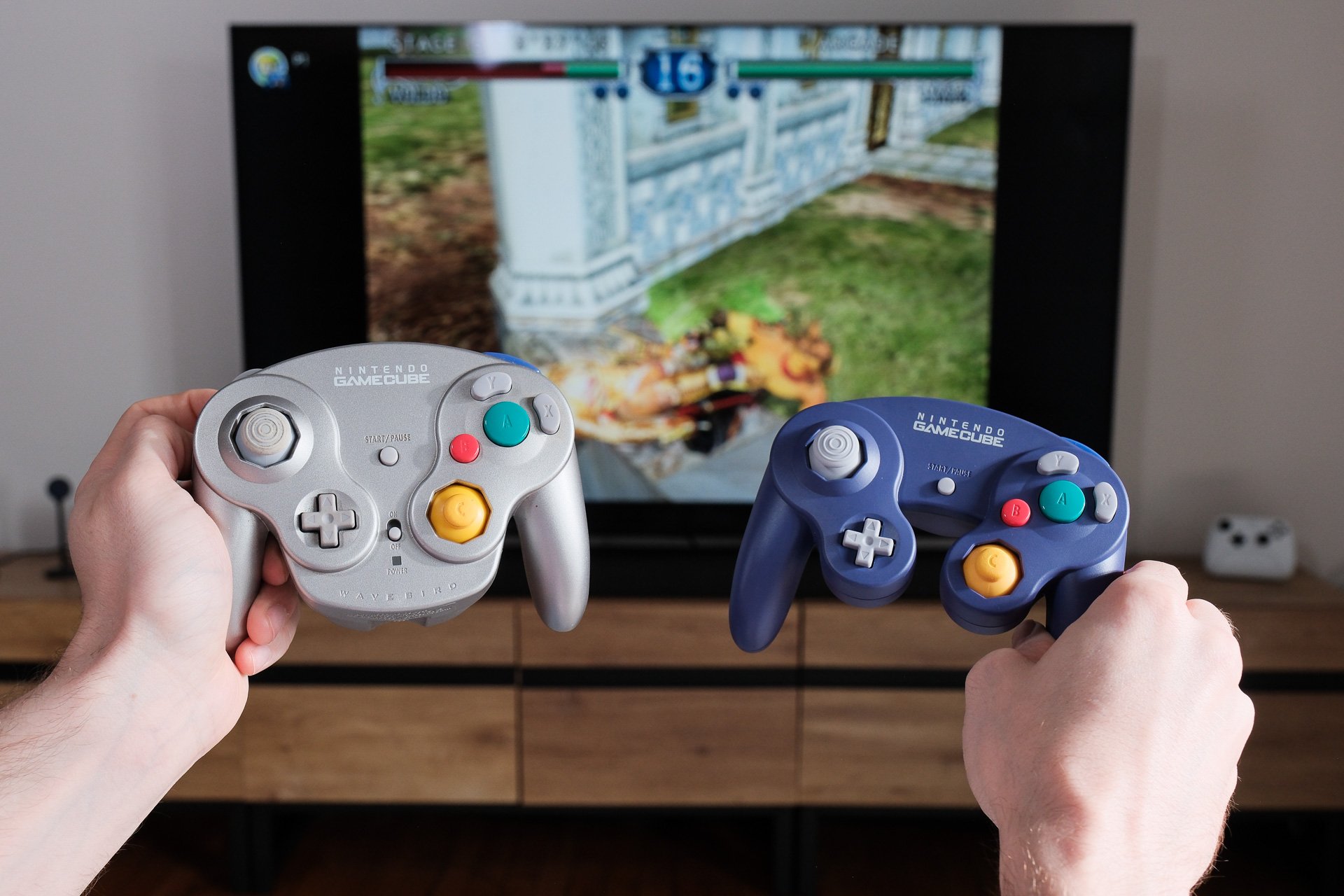
Still, I found I preferred the GameCube controller’s thick primary joystick and its octagonal restrictor for precision in Mario Kart. For this plasticky, ultra-purple controller, $65 was a hard pill to swallow. I knew going into it I couldn’t use the GameCube controller for every single new Switch 2 game. In place of a proper L1 button, it has a small, flat, square-shaped bumper button. Its top portion, which used to sport a power connector, now has a Home button and “C” switch for GameChat.
It has gyro controls that work for some Switch games, but it won’t really work as a stand-in for the official Switch 2 Pro Controller or any other third-party gamepad complete with all the bumpers, triggers, and back buttons you need for modern games. Trying to play Split Fiction with a GameCube controller forced me to remap several buttons to get around the lack of click-in sticks. There’s no way you can play a first-person shooter like Cyberpunk 2077 without access to those extra buttons.
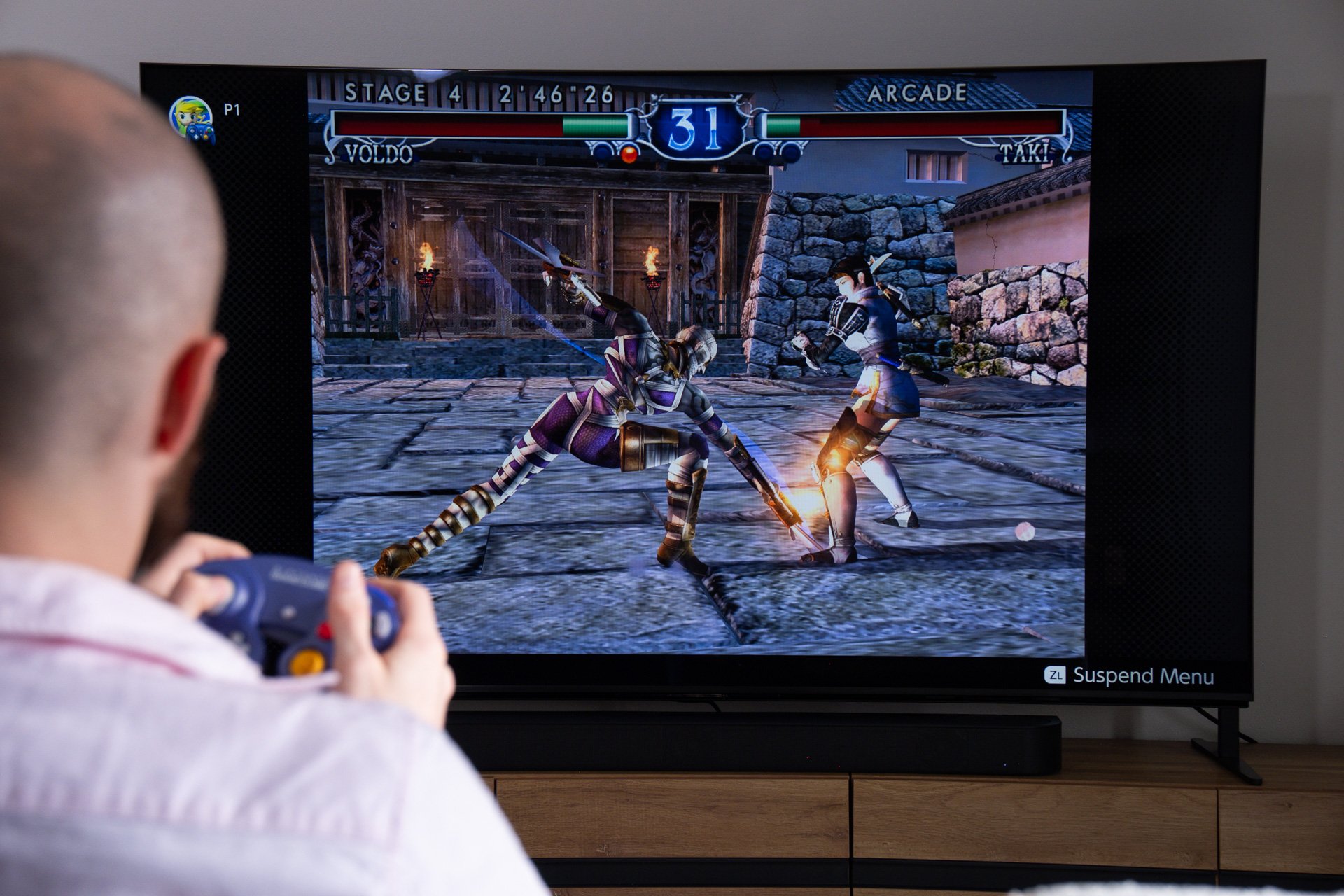
The GameCube controller was full of small innovations we take for granted nowadays. In 2002, Nintendo introduced the WaveBird. It was a radio frequency-based wireless controller that required you to connect it on a specific channel. There was no need for line of sight like earlier wireless infrared-based controllers, and it was so good we all cried crocodile tears when it was discontinued in 2008. Nowadays, where Bluetooth and 2.4GHz connectivity are standardized, the wireless connectivity isn’t anywhere near unique, but it’s far more convenient than plugging your controller into an adapter for every play session. The addition of a Home button adds the convenience of easy access to your in-game screenshots or sleep mode.
The GameCube controller wouldn’t be enough if all you used it for were just three games and the hope you’ll get to play more later. The significant restrictions Nintendo placed on its functionality with other devices are more than a little frustrating. It’s far less versatile than most controllers, but in a way I appreciate it more because of that. If other controllers are a multi-tool, the GameCube controller is a scalpel made for specific use cases—like beating the ever-living snot out of friends in Smash.
See Nintendo Switch 2 at Walmart
See Switch 2+ Mario Kart World Bundle at Walmart
Read the full article here

